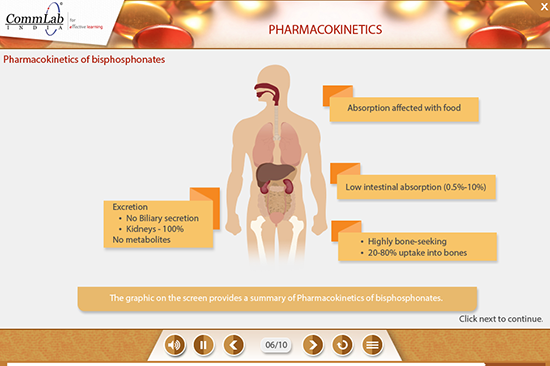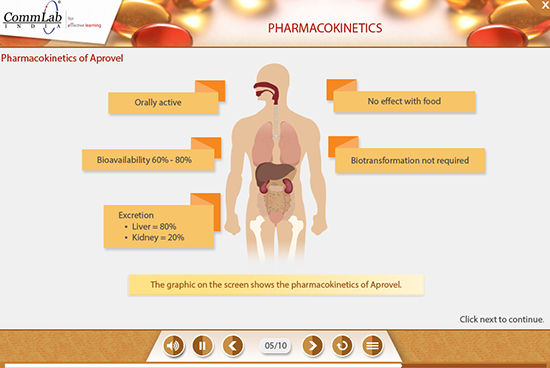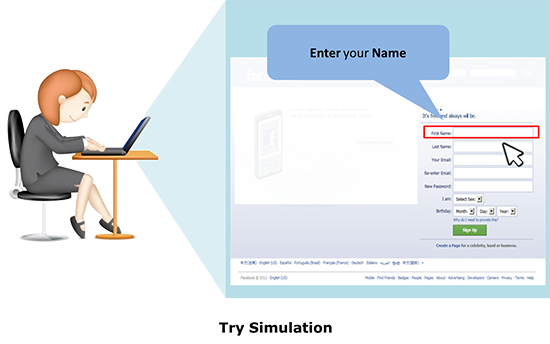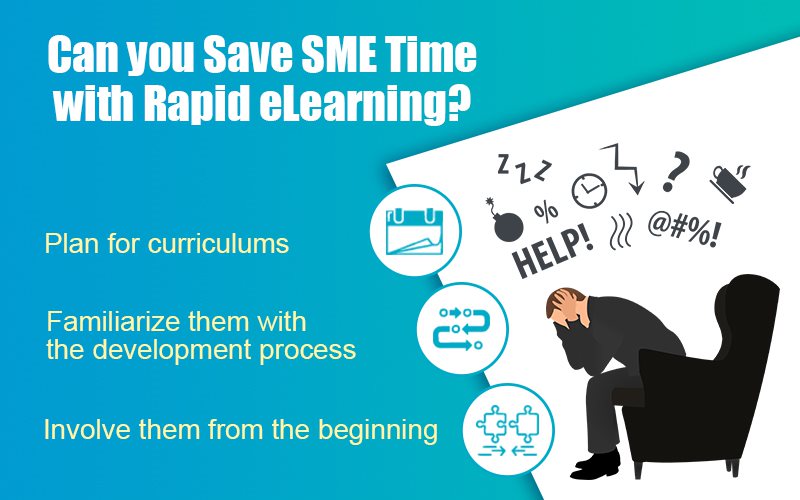Effective E-learning Design Strategies for Product Training

When it comes to training, most organizations have a need for product training. Be it manufacturing, pharmaceutical, electronics or finance, product training needs to be imparted by companies in all industries. So, how does one cater to a single form of training for such different segments? In this post, we will look at a few effective e-learning design strategies that are best suited for product training across various industries.
An important point to remember – don’t just jump into explaining the product and its features. “Create a context” and set the stage before you introduce the product. For instance, you can make use of a problem-based scenario where a customer is having a hard time doing his work and looks for a solution, and in this setting, the solution is your product. Such a context drives home two vital points.
- Customer problems
- Target audience
Here is an example of creating a context for a calibration product.



The greatest challenge for any sales representative is to show the customer how the product works. Organizations spend thousands of dollars in road shows and events. When it comes to e-learning, videos are the most common way to demonstrate a product. However, there are certain products which cannot be demonstrated using videos. For instance, it is not possible to show the pharmacokinetics of a drug using videos.
In such instances, you can use “animations” to demonstrate your product. They are not only interesting to watch but also leave a long lasting imprint in the mind of the learner. A display of your product with visually rich animations beats the routine bullet points any day! Take a look at how pharmacokinetics of Aprovel and Bisphosphonates are shown in animations.


Most clients come to us seeking an interactive demonstration for their e-learning courses. This requirement is most commonly asked for software products where the learner is required to gain an understanding of the process or steps involved in an online tool or web link. In such instances, you can make use of “simulations” which are virtual settings of the real-world product.
The most unique aspect of using simulations is the Watch-Try-Do approach, where your learner first watches the simulation and tries it in the course before actually using the real software platform. This kind of learning minimizes errors that could take place while working on the real-world software platform. Here is an example of a watch and try simulation.


I hope you find this post informative. What are the strategies you use to create your product training course? Feel free to post a comment.



![Is eLearning Development Slowing You Down? Switch to Rapid! [Infographic]](https://blog.commlabindia.com/hubfs/Imported_Blog_Media/switch-to-rapid-elearning-infographic1.jpg)

![eLearning Translation by Internal Employees: Is it the Right Choice? [Infographic]](https://blog.commlabindia.com/hubfs/Imported_Blog_Media/aspects-to-select-elearning-translator-2.jpg)